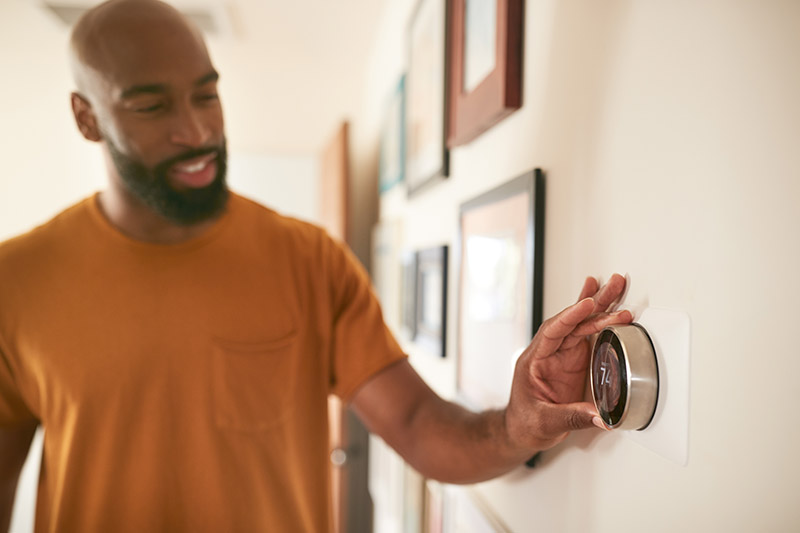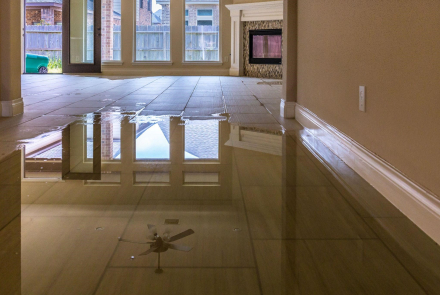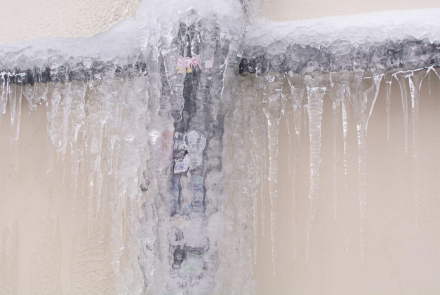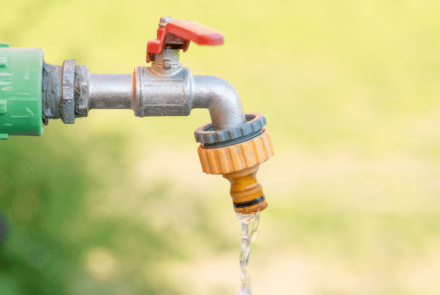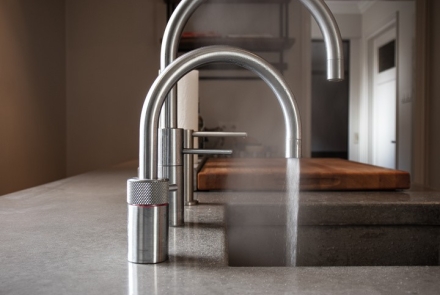If you have issues with your HVAC system, the thermostat is the first item you should inspect. These gadgets regulate the HVAC system's functionality. If they malfunction, it will look like your HVAC system has issues. The thermostat is the brain of your HVAC unit. If it develops technical problems, you will see some changes in your energy costs and comfort.
It's best if you check your thermostat on a regular basis. This is to make sure it's working as it should. Let us look at the signs of a faulty thermostat and how to troubleshoot them.
Signs of a Faulty Thermostat
Here are four signs that show your thermostat is faulty and causing your HVAC issues:
HVAC Unit Won't Turn On
One of the most common signs of a faulty thermostat is when your HVAC unit won't turn on. The thermostat transmits electrical signals to your heating and cooling system using wires. A wiring issue stops electrical signals from going to your air conditioning unit.
Thermostat Fails To Respond To Updated Settings
Your thermostat should respond to the temperature settings adjustments you apply. Most times, the thermostat makes a slight ticking sound as it makes the adjustments. Then, the cooling or heating begins. If there is no ticking or the unit doesn't respond, your thermostat has malfunctioned. In some cases, it may need a replacement.
HVAC Unit Short-Cycling
Short cycling happens when your air conditioner turns on or off without your order. This can also happen when your system doesn't complete a full cooling or heating system cycle. This leads to ineffective cooling and heating. This can impact your comfort.
Incorrect Thermostat Display
Programmable thermostats have displays. If the screen is blank, this is a sign of a faulty thermostat. If it doesn't show the temperature or shows the wrong temperature, it needs a replacement.
Thermostat Troubleshooting
Replace the Batteries
Most modern thermostats depend on battery power to function. If the thermostat display blank, replace the batteries to fix the issue. Bad batteries also cause other thermostat issues. Replace your batteries and see whether it does the trick.
Reset Circuit Breakers
Check to make sure your circuit breakers haven't fallen. Locate circuit breakers on your main breaker box and air conditioning unit. If they have fallen, flip the circuit breakers. Then, test your air conditioner and thermostat.
Check and Adjust the Settings
The thermostat may reset to factory default settings if the power fails. It can also happen id you switch the circuit breaker. Make sure that your thermostat is set to give the proper cooling or heating as required. Make sure that the configured set-points are right.
Knowing how to detect a faulty thermostat will save time troubleshooting. It will help you get to the root of cooling and heating issues. If the above tips don't work for you, consider hiring an HVAC specialist. They can inspect and fix the underlying air conditioning issues.
Contact us for all your cooling and heating needs, including thermostat replacement. We are here to help you with all your HVAC issues. We want your family to be comfortable this year.

